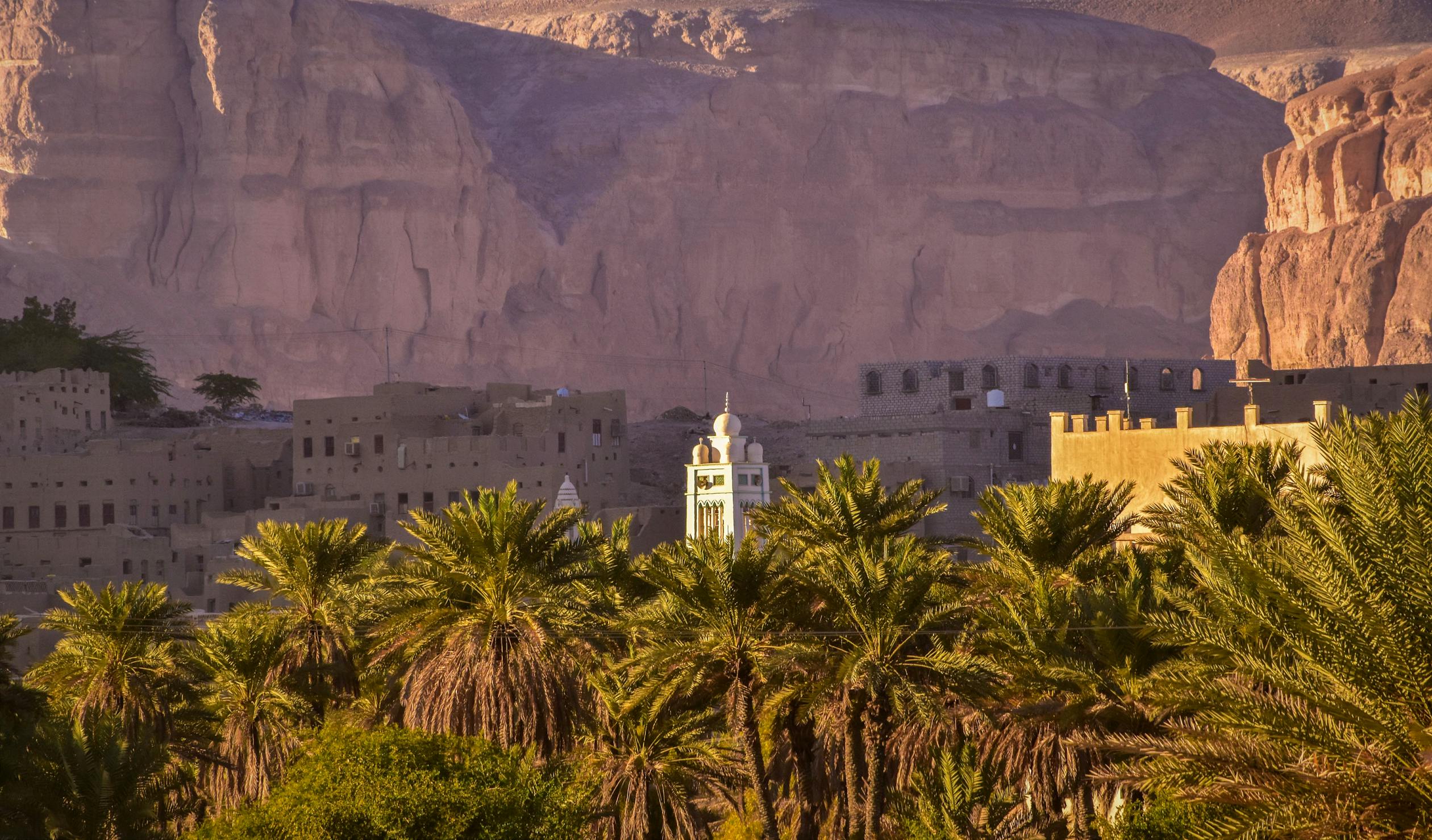The Yemeni Civil War + State Building in Yemen
[Disclaimer: This article was written from the perspective of 2017 data, and all statistics and information is relevant to that time.]
Each day, the lives of thousands, if not millions, Yemenis are torn apart due to the perilous, and often life-threatening, conflict in Yemen. Citizens within Yemen have not only had their lives threatened daily due to the Civil War and current turmoil, but also have had to face the risk of falling into poverty because of the poorly managed conflict. Hundreds of thousands of Yemen citizens have fled their country and attempted to seek asylum and help in neighboring countries since 2015. In addition, many countries have contributed by playing an important military role in all of the Saudi-led operations that started in 2013. `
The current situation was fueled by the election dividing the country. The uncertainty and conflict started when the population was divided into the Hadi’s and the Houthis. The Hadi’s are the supporters of ex-President Saleh, and the Houthis are the rebels in the country. This slowly started to break the country, but the actions that followed did even more damage, bringing Yemen into the unstable state it is today. Saudi Arabia led a series of interventions starting in 2015, that came to be known as the Saudi-led coalition.
Most countries in the Gulf Cooperation Council (GCC) were involved and helped carry out the ideas. All actions taken by Saudi Arabia were proxy interventions. The Saudi Intervention was initially only a bombing campaign on Houthi Rebels but has attacked the positions of the Houthi militia, and loyalists of the former President of Yemen, Ali Abdullah Saleh, allegedly supported by Iran. Fighter jets and ground forces from Egypt, Morocco, Jordan, Sudan, the United Arab Emirates, Kuwait, Qatar, Bahrain, and Academi were used. Djibouti, Eritrea, and Somalia made their airspace, territorial waters, and military bases available to the coalition. The United States provided intelligence and logistical support, including aerial refueling and search-and-rescue for downed coalition pilots. The war received criticism of how it made the country more unstable and the humanitarian crisis much worse.
In realization of the current issues, many different ideas have been proposed, but there are many others that haven’t. There is the prospect of having North and South Yemen combine, opposing the ideas of separatists. As can be seen throughout the past, having the two parts remain separate hurt the country in many ways, and that should no longer continue.
However, in order to appease them, reassurances will be made. The main reason that they wished to separate in the first place is because of economic and social reasons, which can easily be fixed. Separatists from South Yemen were worried that their culture would be mixed with Northern Yemen, but Jordan believes it can still be honored while combining North and South Yemen. Second, the Hadi government should still be recognized as the international form of government.
Seeing as how there have been little to no actions regarding the governmental policy, and the installation of a new government, until changes have been made, the Hadi government should be what is internationally recognized. When it comes to funding such plans, the help of various United Nations agencies as well as a few Non-Governmental Organizations (NGO’s) including the UNHRC, as well as the Friends Committee on National Legislation and the Mwatana Organization for Human Rights will prove helpful. These are all organizations that have tirelessly worked to end the war in Yemen, and can continue to do so.
The topic of Post-Conflict Recovery and Efficteve State-Building in Yemen is also something that needs to be addressed. Despite the advancements that Yemen has made since the civil war, that does not hide the hardships that it is currently facing. Most of the problems arising in the country have stemmed from a lack of management, which is why finding a sustainable solution is necessary. Yemen suffers from issues relating to water, sanitation, and hygiene, food insecurity, economic issues, healthcare, education, and transportation.
The political problems that have occured and are still occurring have also greatly contributed to this, and are the sole reason for the instability of the country at this moment. The UN Sponsored National Dialogue Conference (NDC) was initially set to devolve power making decisions, but the conflict taking place has made that more difficult. It is also necessary to regulate subsurface withdrawals, and focus on rebuilding the economy. There have been severe corruption allegations against the YCB, and there are only external funds that have been helping Yemen.
All “wealthy” investors left Yemen years ago, recognizing an upcoming problem and have decided to flee. But not all Yemenis have been as lucky as 14.7 million people in Yemen depend on Humanitarian Aid and 16.2 million Yemenis are food insecure. There is a famine-like state throughout the country, and action must be taken as soon as possible with this in account.. A recent blockade has cut off commercial imports for many parts of the country, as on 4 November 2017, Houthi forces fired a ballistic missile towards the airport of Riyadh.
In response to this incident, Saudi Arabia announced two days later the closure of all of Yemen’s air, sea and land ports, locking in 27 million people and locking out 500,000MT of food and fuel, and 1,476MT of aid. Supplies and medical care is extremely scarce, even without the blockade taking place in Yemen. And as per healthcare, outbreaks such as Cholera are severely affecting the people, even though they aren’t very severe. It is very hard to contain diseases and illnesses due to the poor sanitation throughout the country. And as for education, school is compulsory for children aged 5-15, but attendance at school is not compulsory. Due to this, 2 million children currently don’t attend school.
Countries like Jordan have remained an imperative framework for refugees, and continue to work for and support these displaced persons with various NGOs as well as the UNHCR. However, Jordan will require aid as well if it continues to support the refugees currently in the country. Yemen and Jordan have also been working hand in hand, as North Yemen has joined Jordan in the Arab Cooperation Council (ACC).
Seeing how most agencies that are currently working on this topic are UN agencies, it is important that other agencies come forward and contribute their efforts. Working with NGOs such as CARPO when it comes to the mental health of children, and ICRC when it comes to the healthcare needs of those children and their families. More than anything, it is important to increase the wellbeing of the citizens currently in Yemen, and a focus must be brought to that. That is the reason why working with organizations such as Doctors without Borders, Norwegian Refugee Council, and Oxfam. These three organizations in Yemen can drastically change the lives of those currently in the country.
Directly, Jordan aims to do two main things: increase the quality of life of those currently taking refuge in Jordan, and improve the ones of those currently living in Yemen. This means having the organizations previously mentioned work in Jordan as well, and implement new plans for those in Yemen. In Yemen, it is vital that there is better management of materials, and fixing the man made crisis. This should be the main focus, as fixing the root cause will help with all eight issues currently being addressed.
It has been seen that through the many issues that affect the country, there are even more solutions to them. It is vital that these solutions are brought to the ideas of those who hold power within countries, and action is taken. Because each day that progress isn’t made, the lives of more innocent people are destroyed.
[Disclaimer: This article was written from the perspective of 2017 data, and all statistics and information is relevant to that time.]

